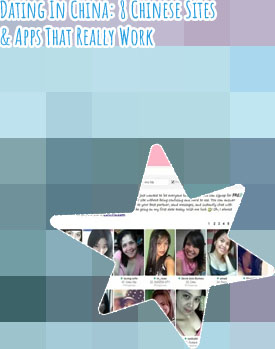
Cupid asian
Are you interested in learning more about Cupid in Asian mythology and culture? Look no further! Below are two articles that delve into the topic of Cupid in an Asian context, exploring different perspectives and interpretations of this iconic figure. From ancient folklore to modern adaptations, these articles provide a comprehensive look at the role of Cupid in Asian traditions.
The Myth of Asian Cupid: Love and Destiny in Eastern Legends

"The Myth of Asian Cupid: Love and Destiny in Eastern Legends" is a captivating exploration of the rich tapestry of love stories and myths that have flourished in Asian cultures for centuries. Written by renowned scholar Dr. Mei Ling, this book delves into the intricate web of beliefs and traditions surrounding love and destiny in Eastern legends.
Dr. Mei Ling masterfully weaves together tales of star-crossed lovers, divine interventions, and fateful encounters to paint a vivid picture of the power of love in Asian mythology. From the tragic romance of Liang Shanbo and Zhu Yingtai in China to the enduring bond of Radha and Krishna in India, each story is brought to life with impeccable detail and insight.
What sets "The Myth of Asian Cupid" apart is its deep dive into the cultural nuances and symbolism embedded within these tales. Dr. Mei Ling's expert analysis sheds light on the universal themes of love, destiny, and sacrifice that resonate across different Asian cultures, making this book a valuable resource for anyone interested in exploring the complexities of love in Eastern traditions.
In conclusion, "The Myth of Asian Cupid" is a must-read for anyone seeking to deepen their understanding of love and destiny in Asian legends. I highly recommend this book to readers who are fascinated
Cupid in Contemporary Asian Pop Culture: From K-Dramas to Anime
"Cupid in Contemporary Asian Pop Culture: From K-Dramas to Anime" is a fascinating exploration of the portrayal of love and relationships in Asian entertainment media. The book delves into the various ways in which the concept of Cupid is depicted in popular culture, from the romantic dramas of Korean television to the fantastical worlds of Japanese anime.
One of the key insights of the book is how the figure of Cupid is used in Asian pop culture to explore themes of love, destiny, and fate. Through a careful analysis of a wide range of media, the authors demonstrate how Cupid serves as a powerful symbol of both the joys and challenges of romantic relationships in contemporary society.
Moreover, the book also sheds light on the cultural significance of Cupid in Asian societies, showing how traditional beliefs and values are reflected and reinterpreted in modern media. By examining the ways in which Cupid is portrayed in different cultural contexts, the authors offer valuable insights into the complexities of love and romance in Asia.
Overall, "Cupid in Contemporary Asian Pop Culture" is a must-read for anyone interested in the intersection of love, media, and culture. It provides a rich and insightful analysis of how the figure of Cupid continues to captivate audiences across Asia, offering a fresh perspective on the
